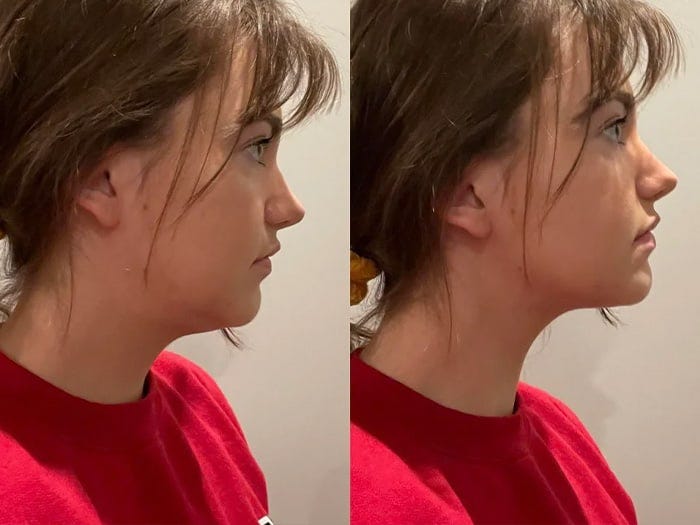Common Mewing Myths and Misconceptions: Separating Fact from Fiction

Common Mewing Myths and Misconceptions: Separating Fact from Fiction
Mewing is a popular facial exercise that involves resting the tongue on the roof of the mouth and swallowing. It is said to improve facial aesthetics, jawline definition, and overall oral health. However, there is a lot of misinformation about mewing circulating online.
Here are some of the most common myths and misconceptions about mewing, debunked:
Myth: Mewing will make my face longer.
Fact: Mewing will not make your face longer. In fact, it can help to improve the overall symmetry and balance of your face. When you mew correctly, your tongue applies pressure to the upper palate, which can help to widen and develop the jawbone. This can lead to a more defined jawline and a more balanced facial profile.
Myth: Mewing will make my teeth crooked.
Fact: Mewing will not make your teeth crooked. In fact, it can help to improve the alignment of your teeth and jaw. When you mew correctly, your tongue applies pressure to the teeth, which can help to guide them into their proper positions. This can lead to a straighter smile and a healthier bite.

Myth: Mewing is only for people with underdeveloped jaws.
Fact: Mewing is not just for people with underdeveloped jaws. It can benefit people of all ages and jaw types. Mewing can help to improve facial aesthetics, regardless of your starting point.
Myth: Mewing is a waste of time.
Fact: Mewing is not a waste of time. It is a simple and effective way to improve your facial aesthetics and overall health. Mewing can help to widen and develop the jawbone, improve the alignment of the teeth and jaw, and reduce the risk of sleep apnea. It can also lead to a more symmetrical and balanced facial profile.
Myth: Mewing is dangerous.
Fact: Mewing is not dangerous. It is a natural and safe way to improve your facial structure. Mewing involves simply resting the tongue on the roof of the mouth and swallowing. There is no risk of injury or side effects.
If you are considering trying mewing, it is important to do your research and learn how to do it correctly. There are many resources available online and in libraries. You can also consult with a qualified healthcare professional, such as a dentist or orthodontist, to get personalized advice.
Here are some additional tips for mewing safely and effectively:
- Start slowly and gradually increase the amount of time you spend mewing each day.
- Mewing should be comfortable and should not cause any pain.
- Be patient and consistent with your mewing routine. It can take several months or even years to see significant results.
If you have any concerns about mewing, be sure to talk to your doctor or dentist before starting.
